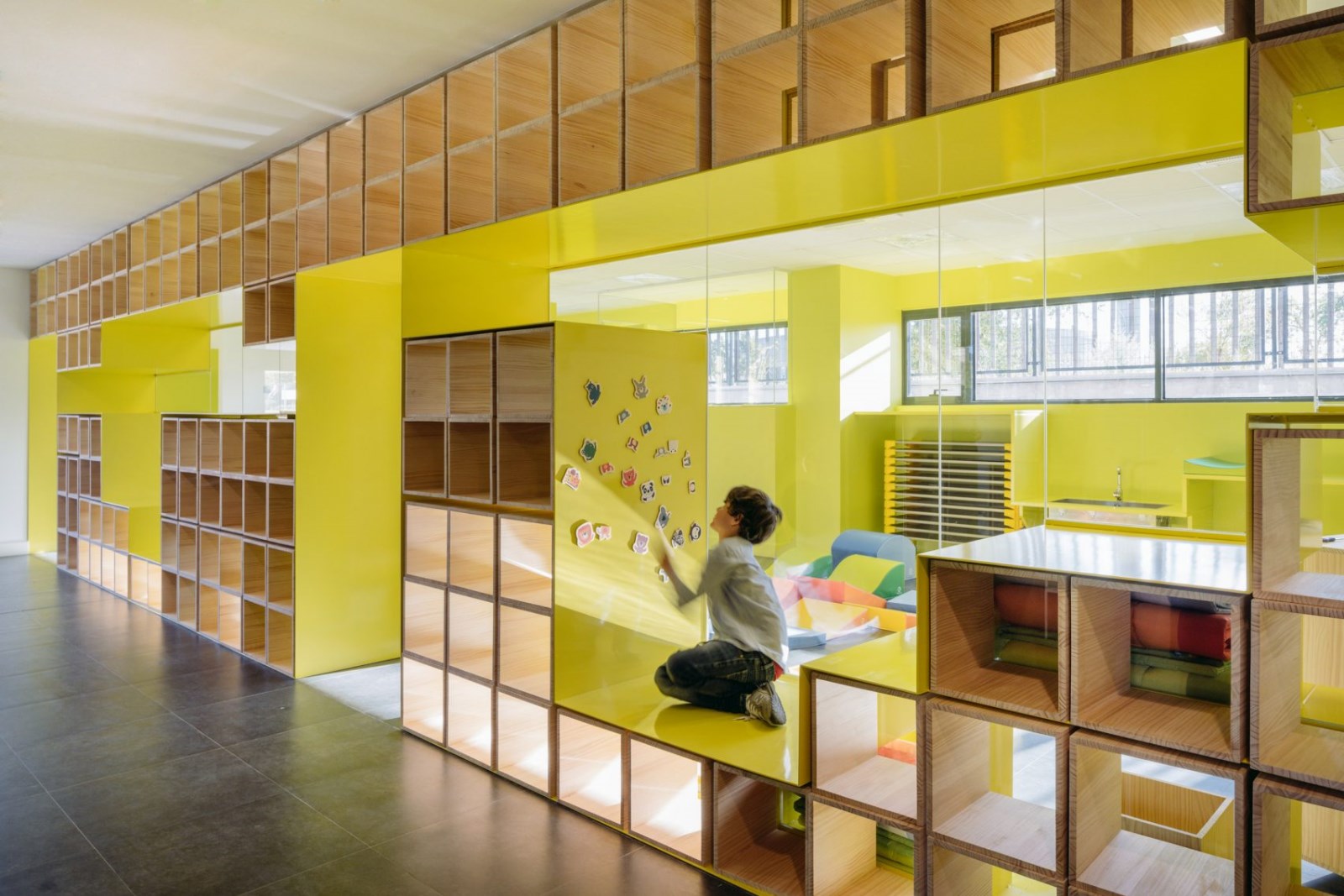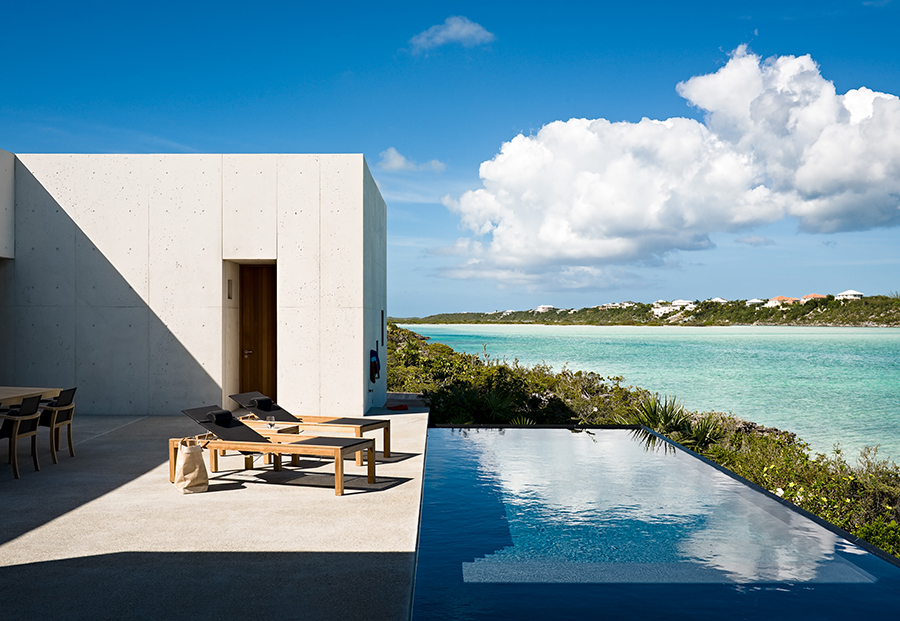Matteo Cainer Architects Propose Open Gate for Suncheon Art Platform Competition
2016-07-03 08:00
新的文化中心位于旧城的边缘,在古老的孙川墙的遗迹中。根据墙的概念,建筑物在一个连续的清扫运动中上升,围绕着一个花园和活动空间在它的中心。圆形体积在某些点上升,以使中心和周围环境之间的通透性,为用户提供四个“门”通过。
The new cultural center is situated at the periphery of the Old City, among the traces of the old Suncheon Wall. Drawing upon the concept of the wall, the building rises up in one continuous sweeping motion, enclosing a garden and event space at its center. The circular volume rises at certain points to allow permeability between the center and its surroundings, presenting four "gates" for users to pass through.
Courtesy of Matteo Cainer
该中心的设计是为了举办一系列文化、教育和社区活动,无论是在建筑的围护结构内还是在改造性的花园内。该中心由一系列复合空间组成,可以灵活地举办从专业设施到画廊空间、社交空间和聚会点等各种活动。该中心将促进研究、保护和教育,为游客提供一个积极参与和学习的场所,或者干脆坐下来断绝联系。
The center is programmed to host an array of cultural, educational and community events, both within the building envelope and the transformative garden. The building is comprised of a series of composite spaces, which have the flexibility to host everything from professional facilities to gallery spaces, social spaces and meeting points. The center will promote research, preservation and education, providing a place for visitors to actively engage and learn or alternatively, simply sit and disconnect.
Courtesy of Matteo Cainer
建筑与自然环境之间的对话是通过在外部和内部正面从地板到天花板的玻璃来鼓励的。里面的绿色空间变成了绿洲,把空间与山脉和湿地连接起来。景观的提升是为了提供一个缓冲的城市条件,它的边界,与填充创造了一个内部面向竞技场。
Dialogue between the building and the natural environment is encouraged through floor to ceiling glazing on both the external and internal facades. The green space enclosed within becomes an oasis, linking the space to the mountains and wetlands. The landscape is raised to provide a buffer to the urban condition which borders it, with the infill creating an internally facing amphitheater.
该设计高度考虑了可持续性,并提供了一个被动的内部环境。部分暴露的混凝土围护结构提供热质量,而总能耗通过自然/置换通风和有效的照明系统降低。建筑物的热量是由数字控制的外部遮阳调节的。屋顶设计的灵感来自传统的韩国汉诺克,它有利于雨水的收集和灰水的再利用。
The design took sustainability into high consideration and delivers a passive internal environment. The partially exposed concrete envelope provides thermal mass, while the overall energy consumption is lowered by natural/displacement ventilation and efficient lighting systems. The building's heat gain is regulated by digitally controlled external sunshades. The roof design is inspired by the traditional Korean Hanok, which facilitates rainwater collection and the reuse of grey water.
Courtesy of Matteo Cainer
Click here to view the competition's winning proposal from Studio MADe.
建筑师Matteo Cainer Architect Location Sunawa-si,Jeollanam-do,韩国设计团队Daniella Persson,Vasiliky Mavrikaki,Caterina Cicognani,Francesco Messina,Barbara Stefán,Daana Bolot Project 2016
Architects Matteo Cainer Architects Location Suncheon-si, Jeollanam-do, South Korea Design Team Daniella Persson, Vasiliky Mavrikaki, Caterina Cicognani, Francesco Messina, Barbara Stefán, Daana Bolot Project Year 2016
News Via Matteo Cainer Architects
 举报
举报
别默默的看了,快登录帮我评论一下吧!:)
注册
登录
更多评论
相关文章
-

描边风设计中,最容易犯的8种问题分析
2018年走过了四分之一,LOGO设计趋势也清晰了LOGO设计
-

描边风设计中,最容易犯的8种问题分析
2018年走过了四分之一,LOGO设计趋势也清晰了LOGO设计
-

描边风设计中,最容易犯的8种问题分析
2018年走过了四分之一,LOGO设计趋势也清晰了LOGO设计

























































